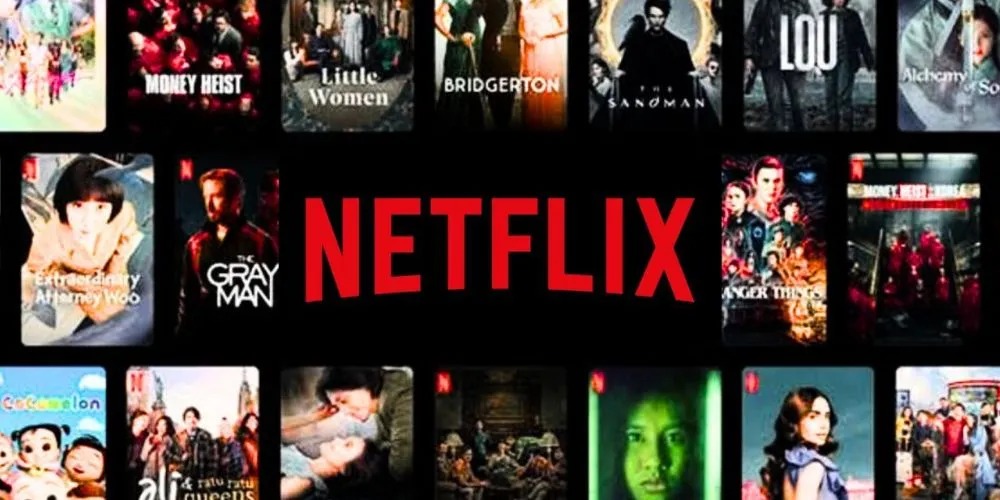How Streaming Services Are Changing the Entertainment Industry

The rise of streaming services has revolutionized the entertainment industry in ways that were once unimaginable. From on-demand access to vast libraries of content to the global reach of platforms like Netflix, Hulu, and Disney+, streaming services have disrupted traditional media models, reshaping the way audiences consume entertainment. This article explores the impact of streaming services on the entertainment industry, their influence on content creation, consumer behavior, and the future of media consumption.
The Emergence of Streaming Services
Streaming services have been around for years, but it wasn’t until the 2010s that they truly began to reshape the entertainment landscape. Services like Netflix, Hulu, and Amazon Prime Video started offering subscribers access to movies, TV shows, and original content for a fixed monthly fee. This subscription-based model removed the need for viewers to rely on cable television or purchase individual DVDs or Blu-rays. Streaming, with its promise of convenience and affordability, quickly became the preferred way to watch content for millions of people.
The ability to watch content anywhere and anytime—on smartphones, smart TVs, tablets, and laptops—made streaming platforms incredibly appealing. Unlike traditional broadcasting, where viewers were limited to a fixed schedule of shows and movies, streaming gave consumers the freedom to choose what, when, and how they watched.
Changing Consumer Behavior
One of the most significant impacts of streaming services is the change in consumer behavior. In the past, people had to plan their schedules around TV air times or visit a video store to rent movies. Now, viewers have the flexibility to binge-watch entire seasons of shows, skip ads, and pause content at their leisure. This shift has given birth to new viewing habits, such as the phenomenon of binge-watching, where viewers watch multiple episodes or an entire season of a show in one sitting.
Streaming services have also influenced how people consume movies and TV shows. Before streaming, audiences were limited to what was available on their cable packages or what they could rent from video stores. Today, services like Netflix and Amazon Prime offer vast libraries, providing more options for viewers than ever before. The increased availability of content means people are more likely to explore new genres, discover niche shows, and expand their tastes beyond mainstream media.
The Impact on Traditional Media
Before the rise of streaming, traditional media outlets like broadcast television and cable networks were the dominant players in the entertainment industry. Shows were scheduled at specific times, and advertisers paid for commercial slots to target a mass audience. However, streaming services have disrupted this model by providing ad-free content or offering limited ads, allowing consumers to watch content without interruptions.
This shift has posed a significant challenge for traditional media. Cable subscriptions have steadily declined as more viewers choose streaming services, which has led to what is often called “cord-cutting.” The traditional television industry has had to adapt to the changing landscape by offering its own streaming platforms, such as Disney’s launch of Disney+ and NBCUniversal’s Peacock. Additionally, many networks are now offering on-demand services that allow viewers to watch their favorite shows online at any time, further blurring the lines between traditional TV and streaming.
Original Content and the Rise of Streaming Giants
One of the most notable changes brought about by streaming services is their increasing focus on original content. Platforms like Netflix, Amazon Prime Video, and Hulu have invested billions of dollars into producing original TV shows and movies that are exclusive to their platforms. This has resulted in a wealth of critically acclaimed content, such as Netflix’s Stranger Things, Amazon’s The Boys, and Hulu’s The Handmaid’s Tale.
The rise of streaming platforms as content producers has shifted the balance of power in Hollywood. In the past, major studios controlled the distribution of content through theaters, TV networks, and physical media. Today, streaming platforms are not only offering content but are also driving the creative process. They give creators more freedom and flexibility to experiment with new formats and genres. This shift has led to a more diverse and inclusive array of content, appealing to a global audience.
Moreover, streaming services have become powerhouses for global content distribution. While traditional networks were often limited by regional programming, streaming services have the ability to showcase international shows and movies, allowing audiences to access entertainment from around the world. This has led to a surge in international hits like Money Heist from Spain and Sacred Games from India, which have gained massive global followings.
The Future of Content Creation and Distribution
As streaming services continue to evolve, the future of content creation and distribution looks very different from the traditional media landscape. One of the most significant trends is the rise of interactive and immersive content. Netflix, for instance, has explored interactive storytelling with shows like Black Mirror: Bandersnatch, where viewers can make decisions for the characters. Virtual reality (VR) and augmented reality (AR) are also becoming more integrated into streaming platforms, offering new ways for audiences to engage with content.
Another growing trend is the increasing integration of AI and data analytics in content recommendations. Streaming services use complex algorithms to track viewer behavior and recommend personalized content, making it easier for users to discover new shows or movies based on their preferences. This has created a more customized viewing experience, where viewers are not only offered the content they want but also presented with choices they may not have considered otherwise.
The Impact on Global Accessibility
One of the most exciting aspects of streaming is its ability to make content more accessible to people around the world. Unlike traditional television, which often had regional restrictions, streaming services allow viewers to watch content from different countries and cultures. This has opened the door to a wider variety of entertainment options, giving audiences access to a global library of content.
For example, shows like Narcos (Netflix), Dark (Netflix), and Elite (Netflix) have attracted international audiences by telling stories from different parts of the world. As streaming platforms continue to grow, more content from diverse countries will likely be produced, offering viewers a rich, global tapestry of entertainment.
The Challenges Ahead
While streaming services have revolutionized the entertainment industry, they also face challenges. As more platforms enter the market, competition is intensifying. This has led to the fragmentation of content, with popular shows being locked behind paywalls on various platforms. Consumers may need to subscribe to multiple services to access all the content they want, leading to a situation where “cord-cutting” may not be as cost-effective as it once seemed.
Additionally, the increasing cost of subscription fees could become a concern for consumers. As streaming services invest more in original content and exclusive deals, there is the potential for prices to rise, leading to subscription fatigue. This, in turn, could affect the overall growth of streaming services.
Conclusion
Streaming services have fundamentally changed the entertainment industry, giving consumers more freedom, convenience, and access to a diverse range of content. They have disrupted traditional media models, shifted the focus to original content, and paved the way for a more personalized and global entertainment experience. While challenges lie ahead, the future of streaming services remains bright, with new technologies, immersive experiences, and innovative content shaping the next generation of entertainment. As streaming continues to evolve, the entertainment industry will continue to adapt, offering audiences even more ways to connect with the content they love.



